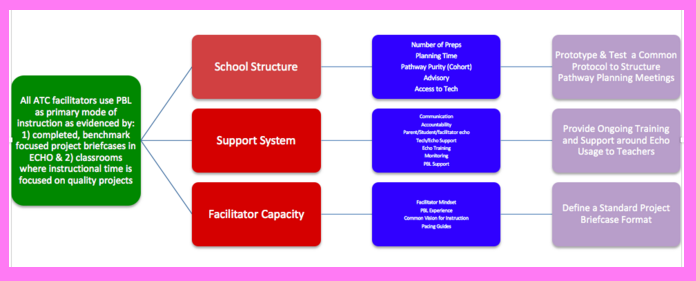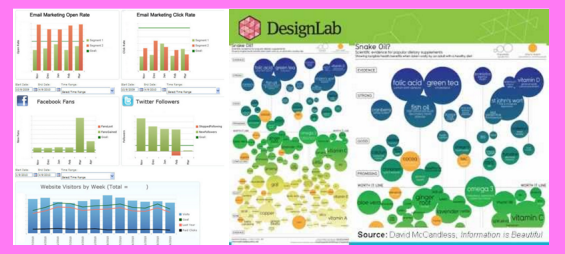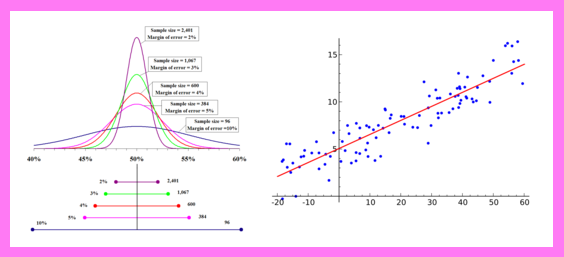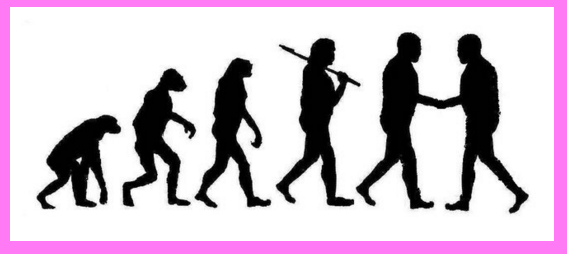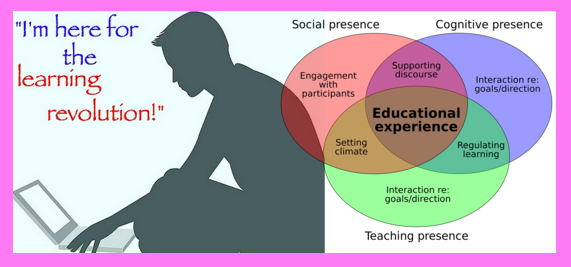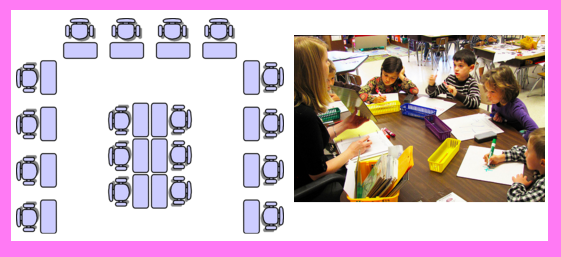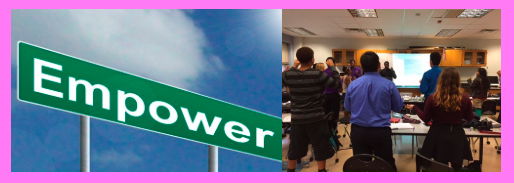 Chapter 1 in Boudett, Kathryn Parker., Elizabeth A. City, and Richard J. Murnane. Data Wise: A Step-by-step Guide to Using Assessment Results to Improve Teaching and Learning. Cambridge, MA: Harvard Education, 2005. Print.
Chapter 1 in Boudett, Kathryn Parker., Elizabeth A. City, and Richard J. Murnane. Data Wise: A Step-by-step Guide to Using Assessment Results to Improve Teaching and Learning. Cambridge, MA: Harvard Education, 2005. Print.
This book was intended for school administrators. I think it can also apply to teachers. Here I summarize parts that are generalizable to all settings so that both teachers and administrators can benefit from the book.
Two Question to Ask:
- Are you satisfied with the way you capture info garnered from assessments?
- Are you satisfied with how you gather information from multiple data sources for your students?
Building Data Organization Steps:
- Build a data inventory: a chart or spreadsheet that organizes and lists all data sources that will be interpreted to improve student learning. Columns on data inventory sheet could include:
- data source name (hyperlinked)
- content area
- collection date(s)
- students assessed
- accessibility – how to get to the data
- current data use
- possible more effective use
- Build a Data Team(s)
- identify well-connected stake holders who would be interested in investigating data to improve student learning
- types of data teams:
- organizing data – small team
- interpreting data – big, collaborative effort – the more who are involved the larger number of stakeholders have ownership in school improvement
- Create a Schedule that Allows for Regular Collaborative Work
- Plan for Productive Meetings:
- establish norms – example – no blame, approach data as a learner
- use protocols to structure conversations
- adopt an improvement process: small groups analyze data charts and discuss what they notice, share key findings on chart paper, use structured protocol for formulating questions about why data looks like that, whole group – establish consensus on most important questions to address
- plan agendas for meetings

Organizing data teams to summarize data and organizing data meetings to interpret data and formula key questions from the data is a process that can improve student learning at the staff level and at the teacher student level.
Compiling a data inventory and writing out current and possible uses for data is an exercise that can make teachers and administrators more aware of how they are currently leveraging data and what they can possibly do to make more use of the data.
Teachers generate A LOT of data when they comply with school-wide grading expectations. Teachers can make more use of this data by creating compelling, summarizing data displays and using these displays to facilitate small and whole group discussions with students on data inferences, possible emergent questions, and possible followup experiments to further investigate or improve the data. This process can make students feel like more valued stakeholders in the education process and could help students set and achieve individual and community level academic goals.
Preparation Steps
- Create a data inventory of past and upcoming data sources that are worth interpreting
- Research and/or brainstorm protocols for discussing data
- Create data displays that are compelling. These could
- NOT reveal confidential individual student data
- show how learning of student group(s) evolve over time
- mastery levels of student group(s) tied to key big ideas
- Develop an agenda that has time for students to interpret data as individuals, in pairs, and as a whole group
Early Implementation Steps
- Facilitate a project reflection (or semester reflection) that features the data discussion agenda developed above
- Record key findings of students
- Work with students to achieve consensus on key questions and methods to investigate these and possible next steps and methods to verify that these are working
Advanced Implementation Steps
- Form a data organization group that includes students after running several data meetings. This committee can advise teacher on how to summarize data that makes it more easy to identify compelling questions and trends
- Survey students to check about whether or not data meetings are making them feel like more valued contributors to the learning community



